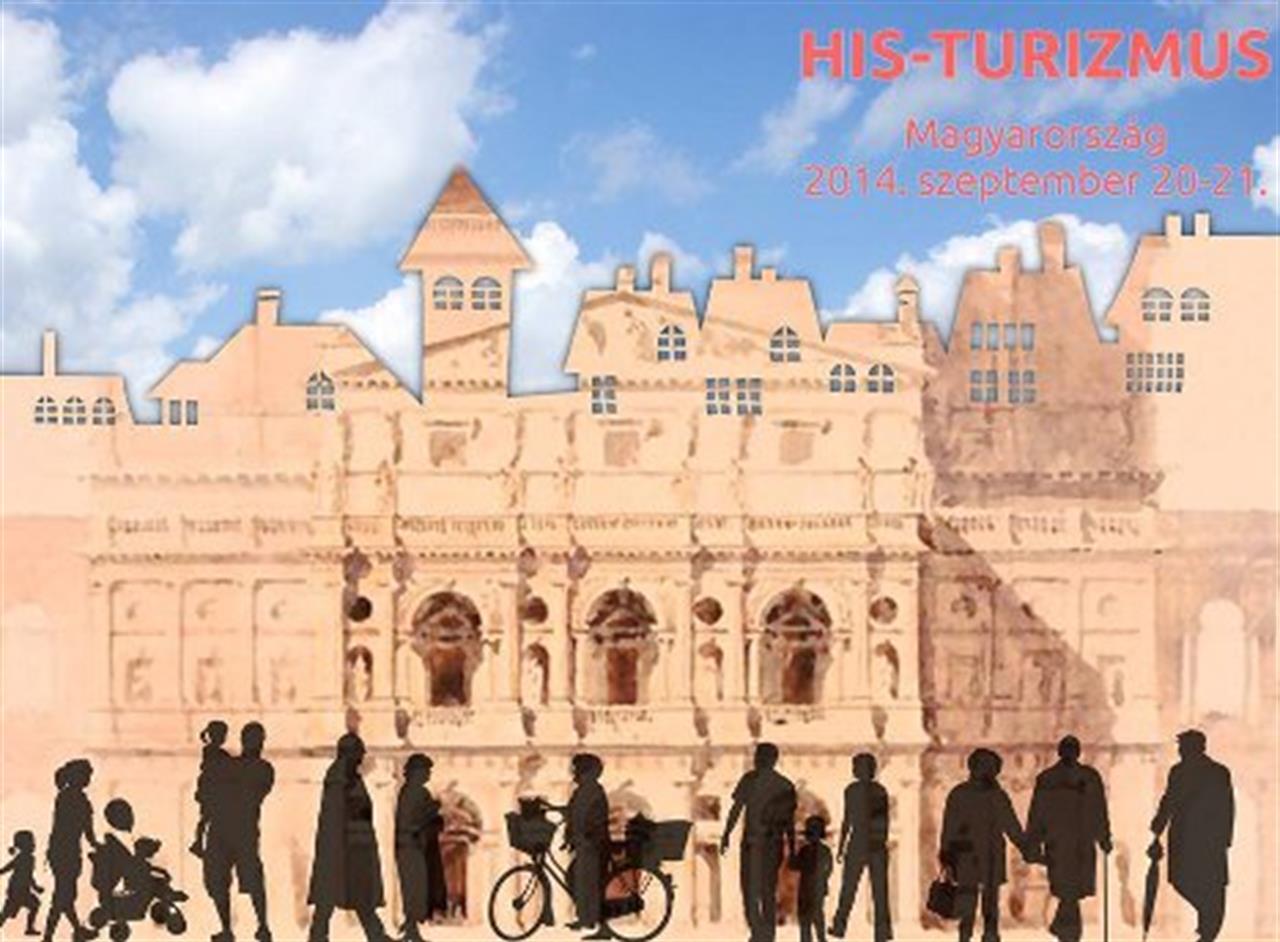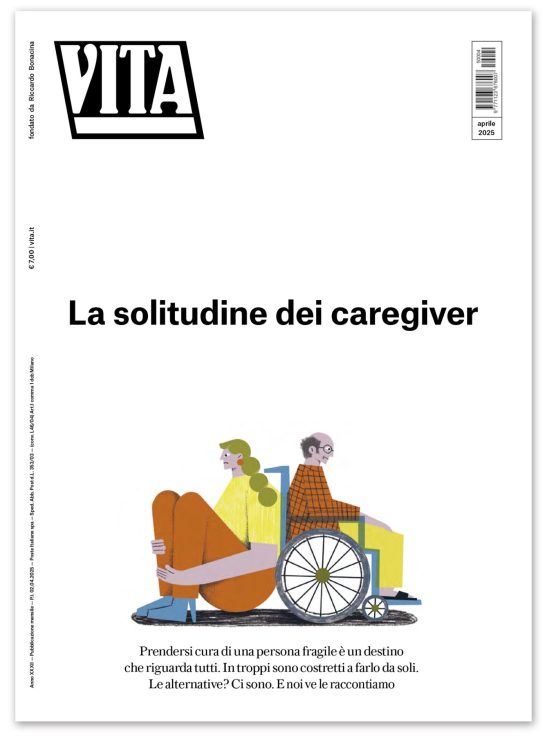Millions of people will enjoy free access to thousands of historic and cultural sites, many of which are normally closed to the public, in 50 countries throughout September as part of the annual European Heritage Days. Launched in 1985, the European Heritage Days have been organized since 1999 as a
joint initiative of the European Commission and the Council of Europe. The 50 signatory countries to the
European Cultural Convention take part. Events organized during the month-long celebration
showcase architecture and art, local skills and traditions, as well as seeking to promote mutual understanding among European citizens.
Cultural heritage is a priority under Creative Europe, the EU's new programme for the cultural and creative sectors. The European Heritage Days receive €200 000 in support from Creative Europe and €200 000 from the Council of Europe; most events are funded with national or regional backing.
Androulla Vassiliou, European Commissioner for Education, Culture, Multilingualism and Youth, said:
"The European Heritage Days is a hugely popular initiative, enjoyed by people of all ages. This year we expect more than 20 million adults and children across Europe to take advantage of free entrance to a host of heritage sites. People often don't realize how many undiscovered gems lie on their doorstep. I urge everyone to make the most of European Heritage Days and check what is happening in their region or further afield. This initiative is also a great way to ensure that our shared European heritage is treasured and protected for future generations, while also benefitting local communities through increased visits and tourism."
Gabriella Battaini-Dragoni, Deputy Secretary General of the Council of Europe, added:
"The success of the European Heritage Days depends on the engagement of municipal and regional governments, organizations and volunteers. Every year, communities across Europe become part of a 'cultural family' celebrating our immensely rich cultural heritage."
The scope of the attractions and sites on offer during European Heritage Days is vast. For example, in Ireland it is possible to watch a puppet theatre's take on the tale of Goldilocks, while in Finland visitors can follow a trail on the history of gold mining. In Norway, they can discover the history of the fishing industry, from quaint ports to the big trawler fleets; in Spain, visitors can stroll through the patios of Córdoba or the mills of Mallorca, while in Belgium they can remember the victims who paid the ultimate price for freedom in the '
Enclos des Fusillés'.
In addition to local information, the European Heritage Days
portal provides information about events taking place throughout the continent.
Cosa fa VITA?
Da 30 anni VITA è la testata di riferimento dell’innovazione sociale, dell’attivismo civico e del Terzo settore. Siamo un’impresa sociale senza scopo di lucro: raccontiamo storie, promuoviamo campagne, interpelliamo le imprese, la politica e le istituzioni per promuovere i valori dell’interesse generale e del bene comune. Se riusciamo a farlo è grazie a chi decide di sostenerci.

